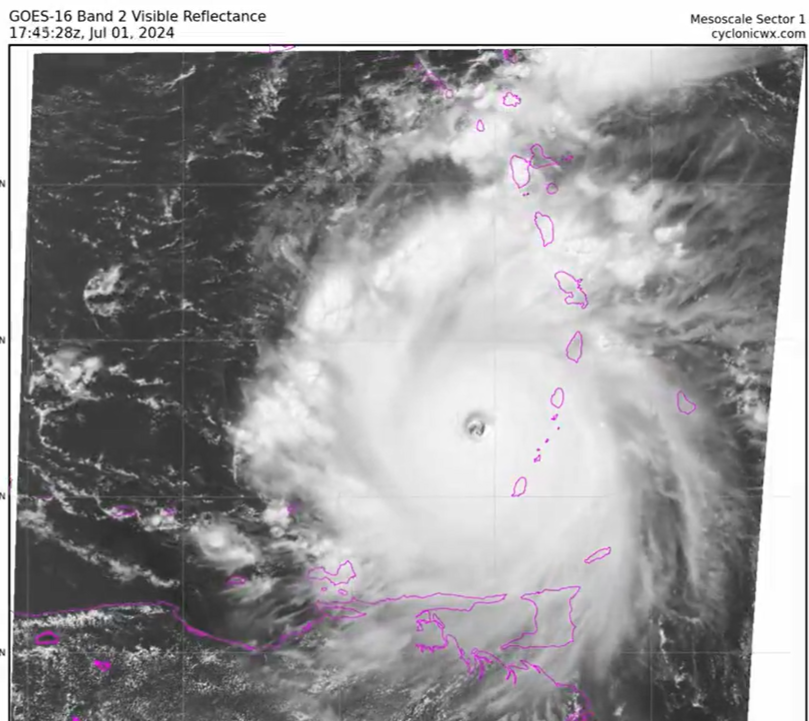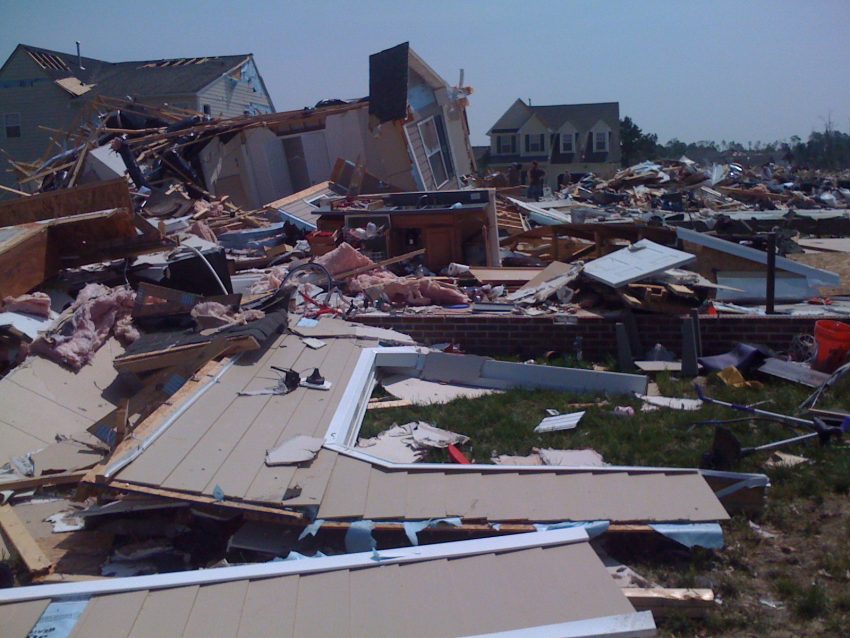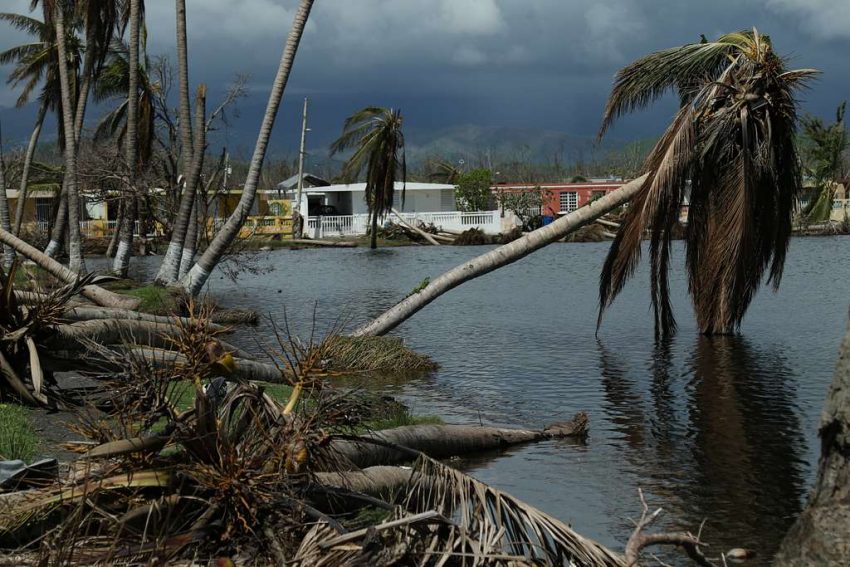Dangerous Hurricane Beryl Rolling Westward After Ripping Through the Windward Islands and Jamaica
Category four Hurricane Beryl continues to move west-northwest over the Caribbean tonight. Hours earlier the storm raked southern Jamaica with damaging winds and flooding rains (see first video below), leaving most of the island without power. Earlier in the week the storm tore through the Windward Islands. Grenada was among the hardest hit (second video), with numerous homes leveled by winds up to 150 mph (240 kph). At least seven people lost their lives in the Windward Islands. By Tuesday morning, Beryl was a Category Five, the earliest a hurricane has ever achieved that maximum intensity.
Kingston, Jamaica…..#Beryl #Jamaica #hurricaneberyl pic.twitter.com/hCeA73IisU
— Volcaholic 🌋 (@volcaholic1) July 3, 2024
Folks, Hurricane Beryl blitzed Grenada like a Category 5 linebacker! With 150 mph winds tearing roofs off and thousands sacked into storm shelters, Carriacou faced a brutal onslaught. The damage? A total touchdown for chaos! pic.twitter.com/vAHUvvyDgG
— Martin Luther (Parody) #freeursula 🙋♂️ (@DotheDogeyDoge1) July 2, 2024
Fortunately, as of Wednesday night Beryl is on a significant weakening trend due to interaction with land and increasing shear aloft. Beryl is expected to make landfall along the east coast of the Yucatan Peninsula on Friday morning. Beryl could reemerge over the western Gulf and threaten southern Texas by next weekend.




